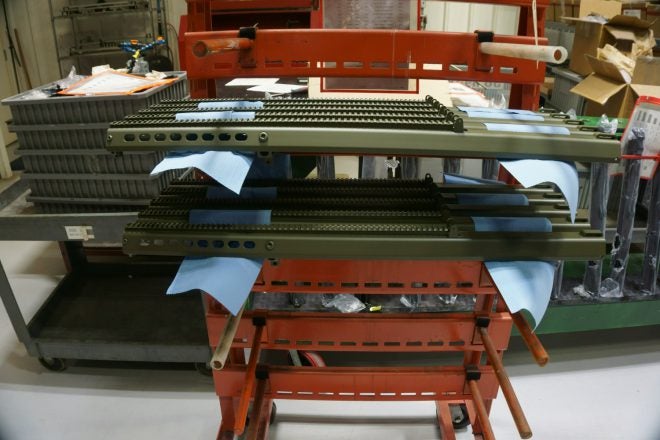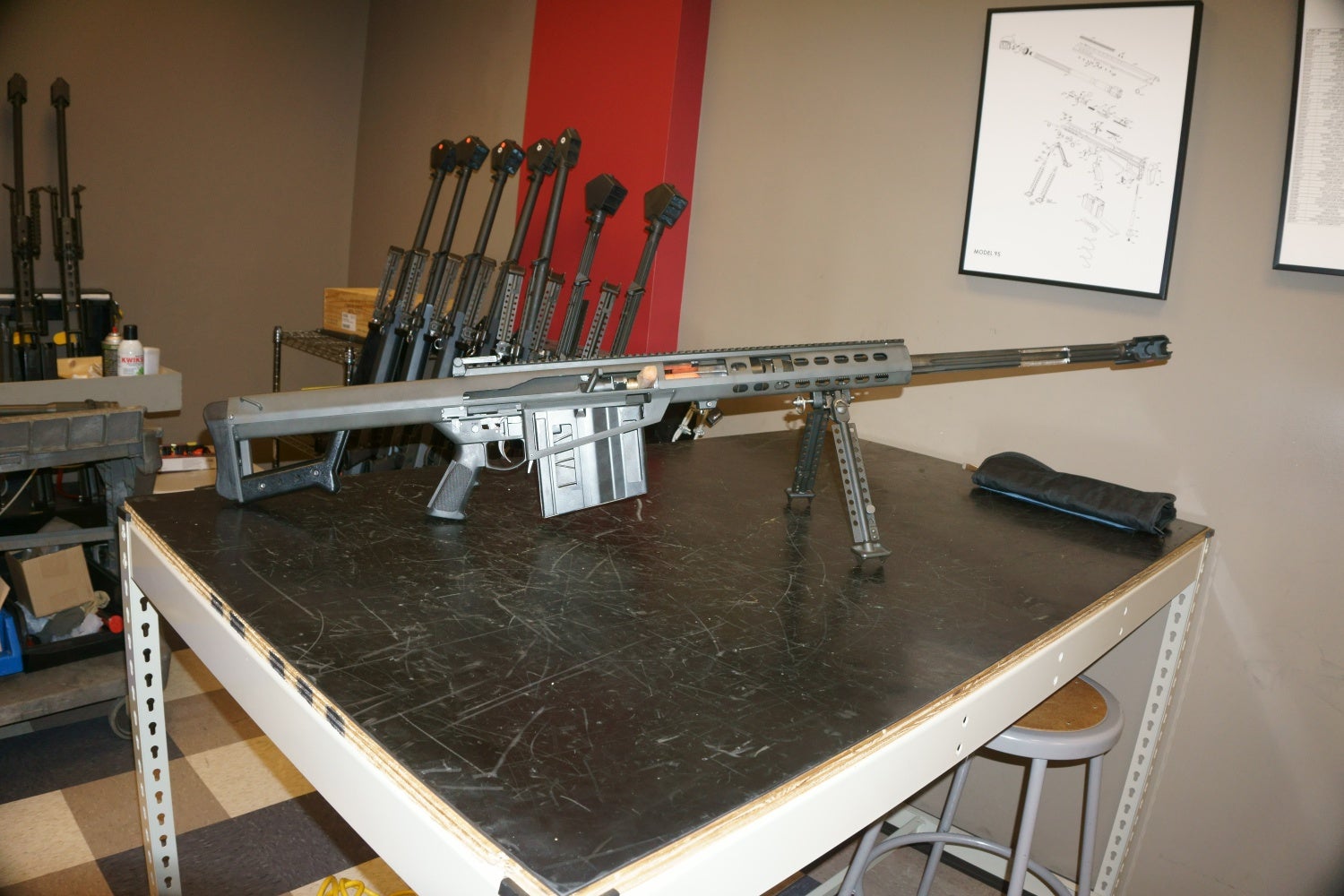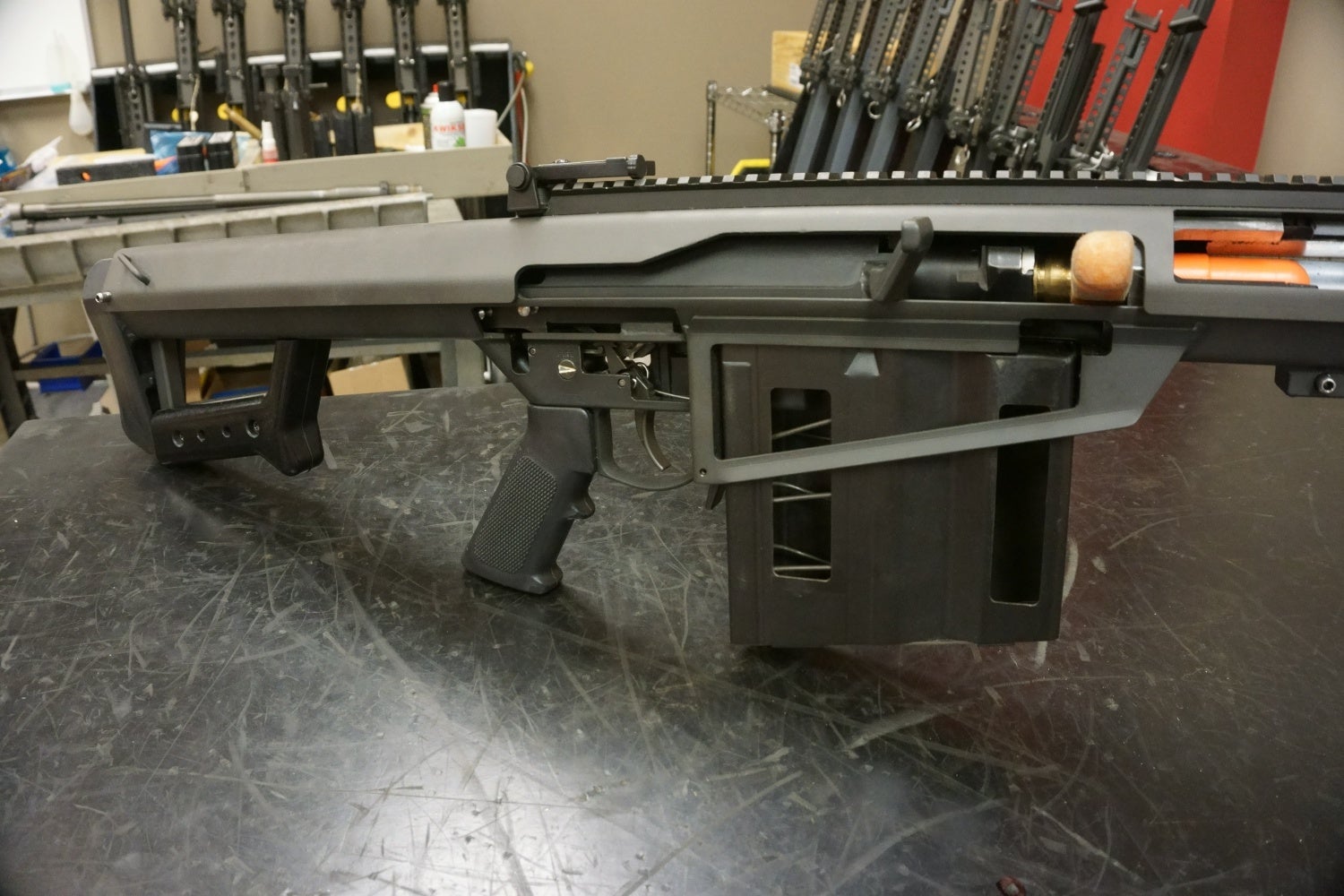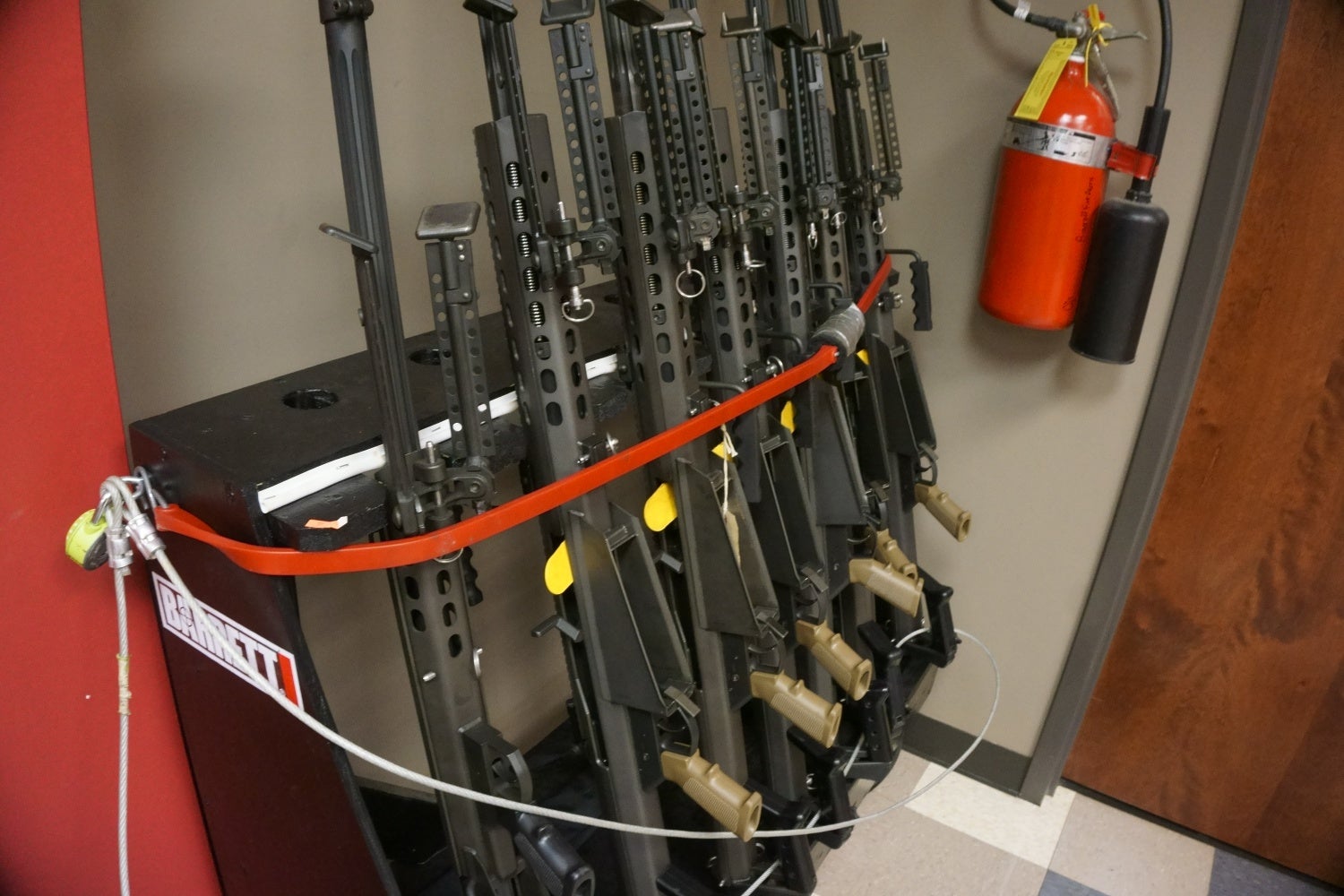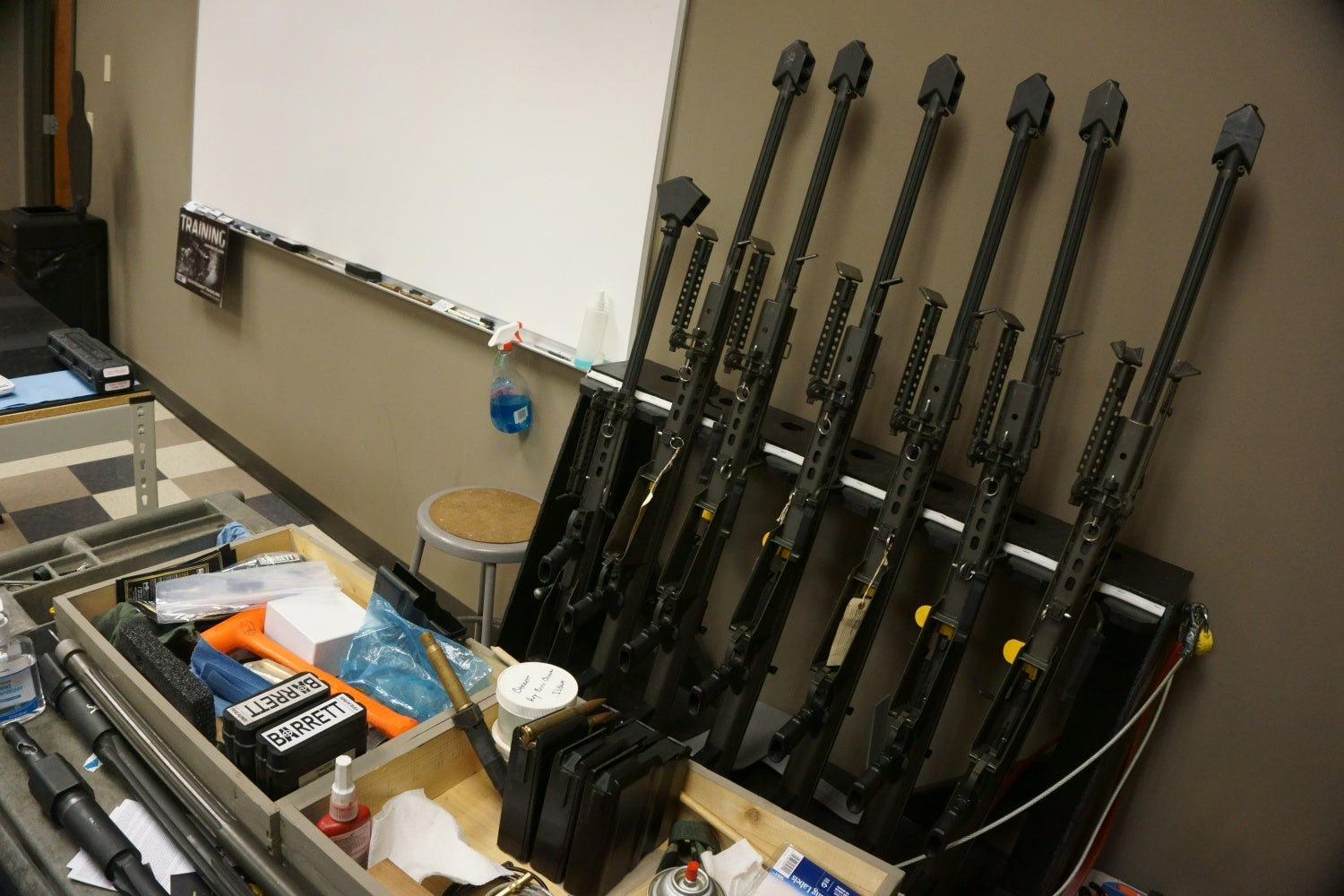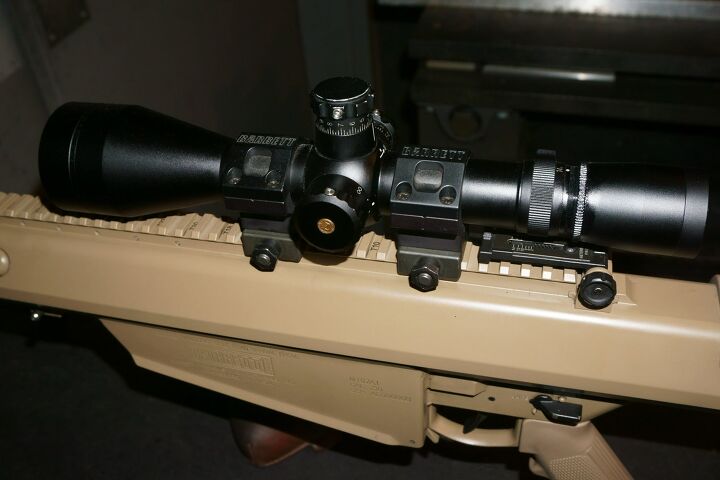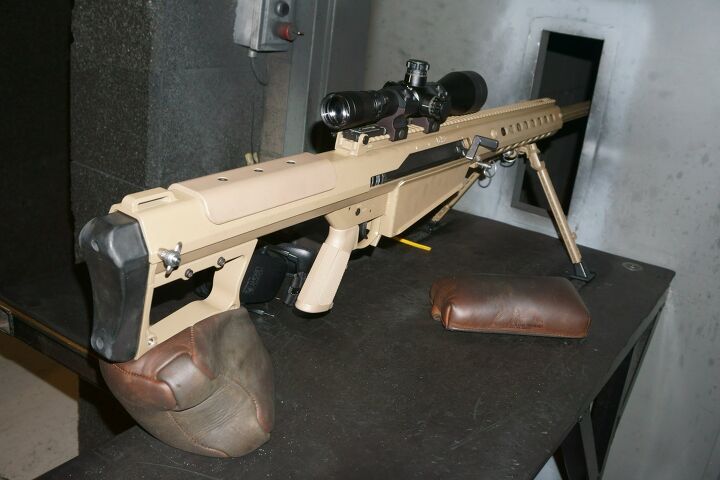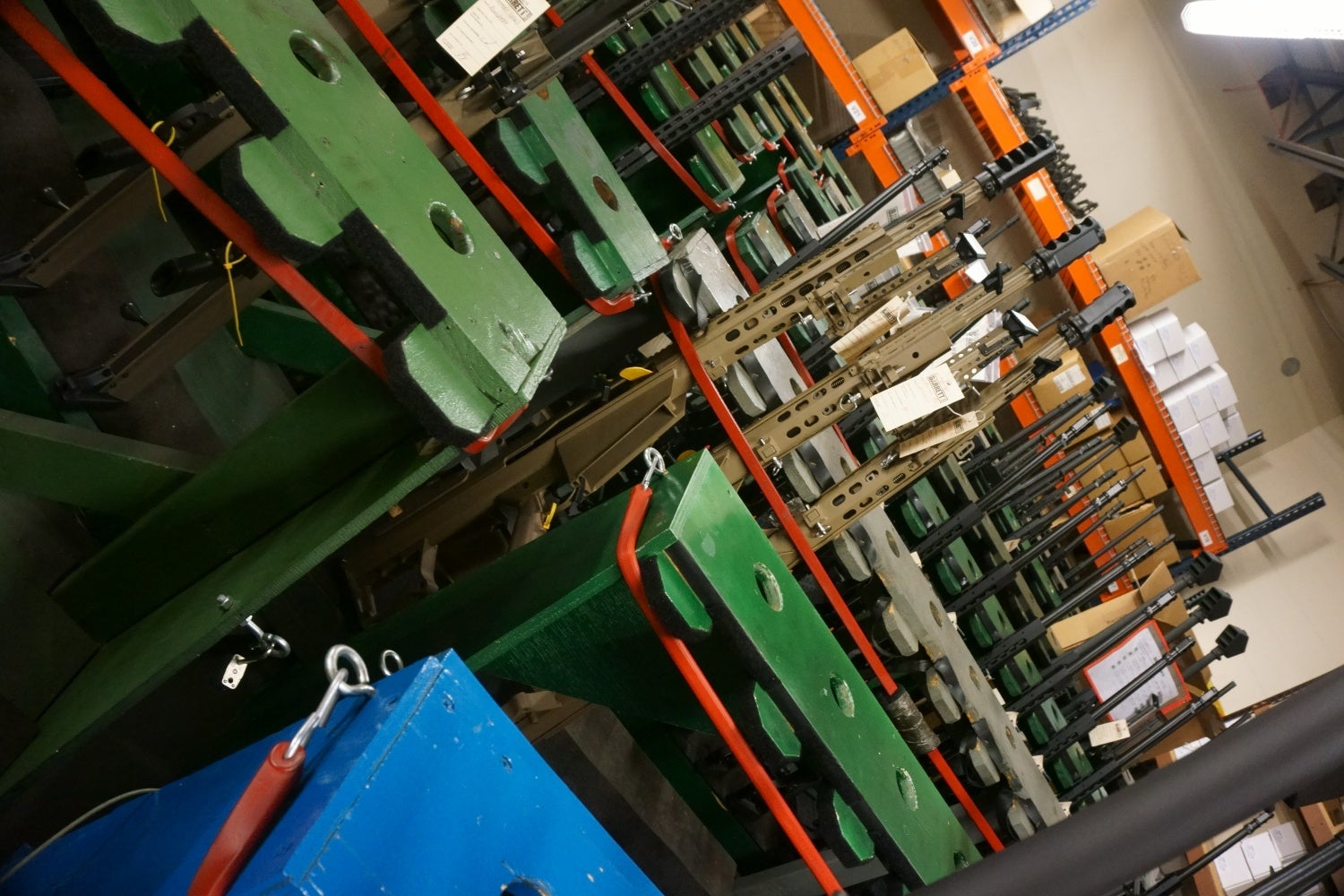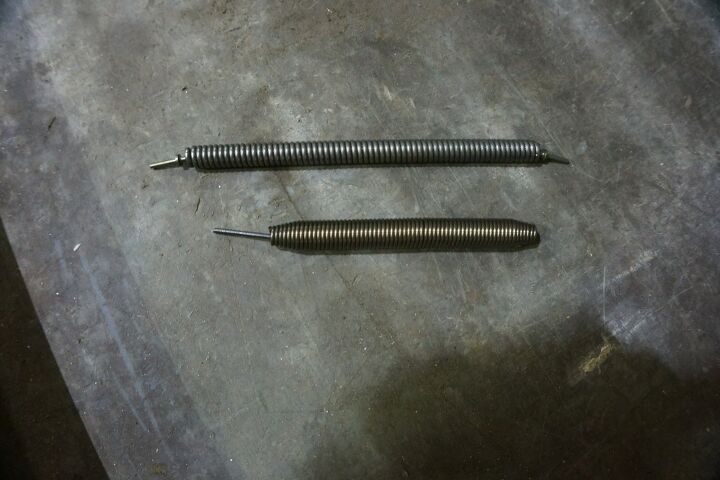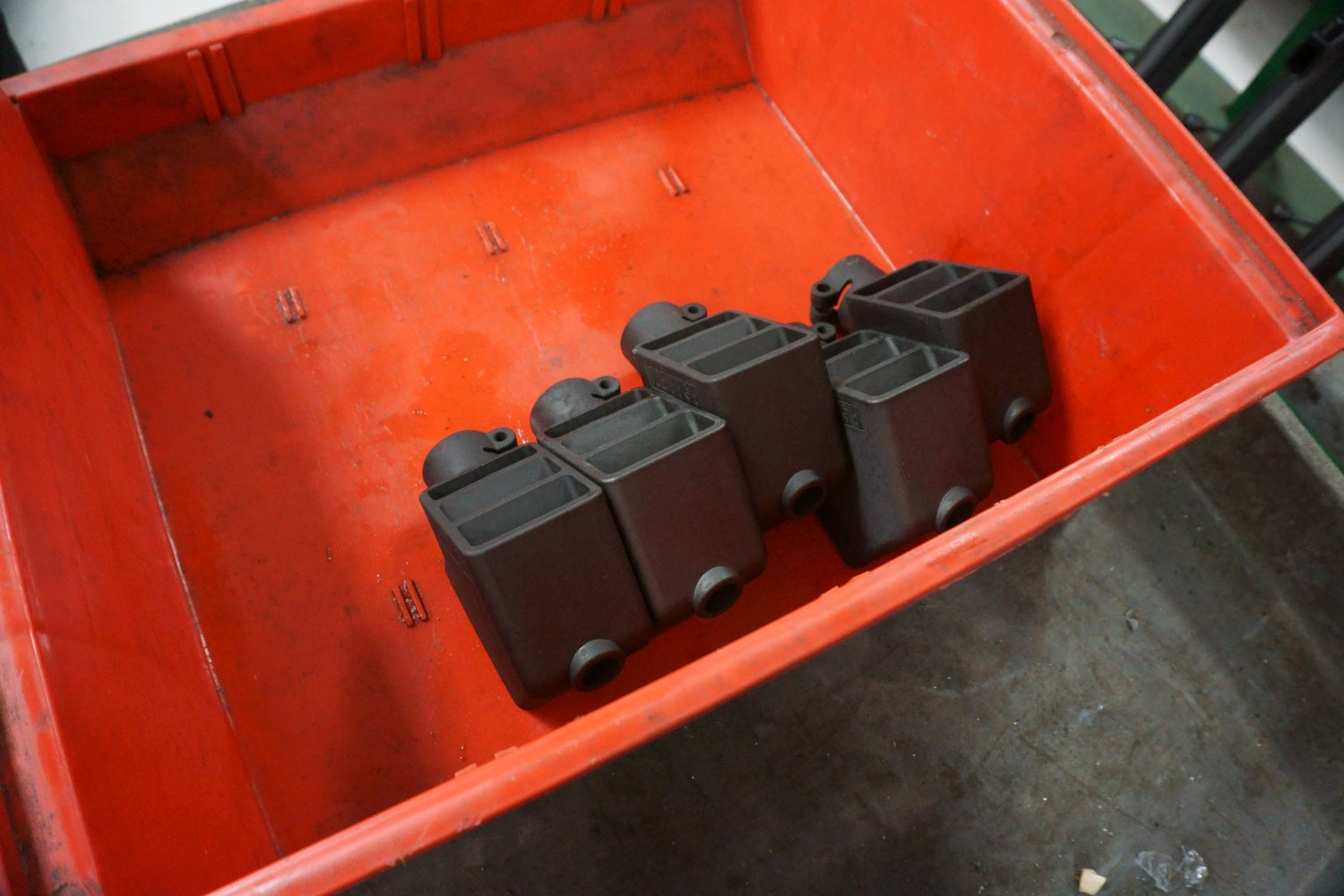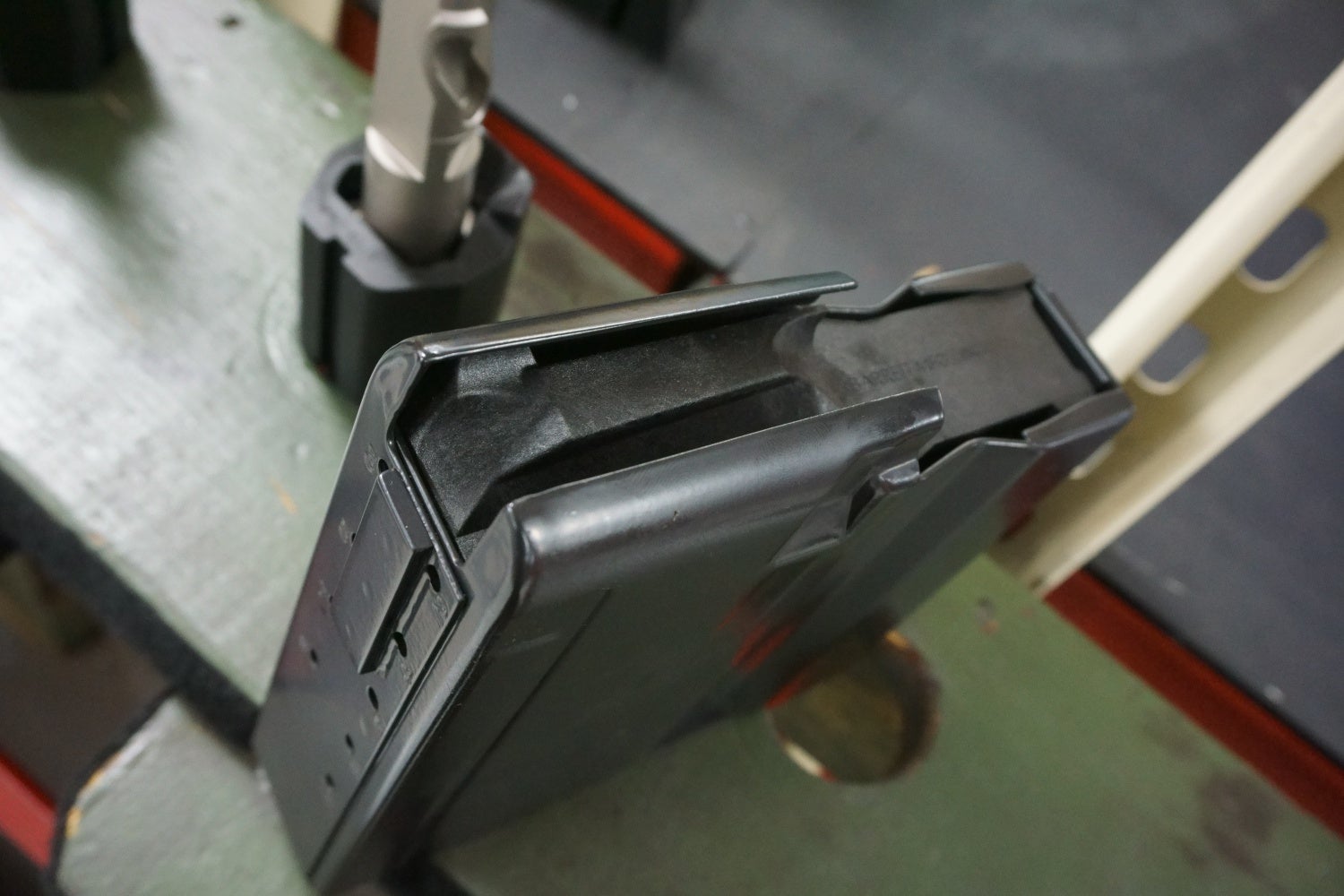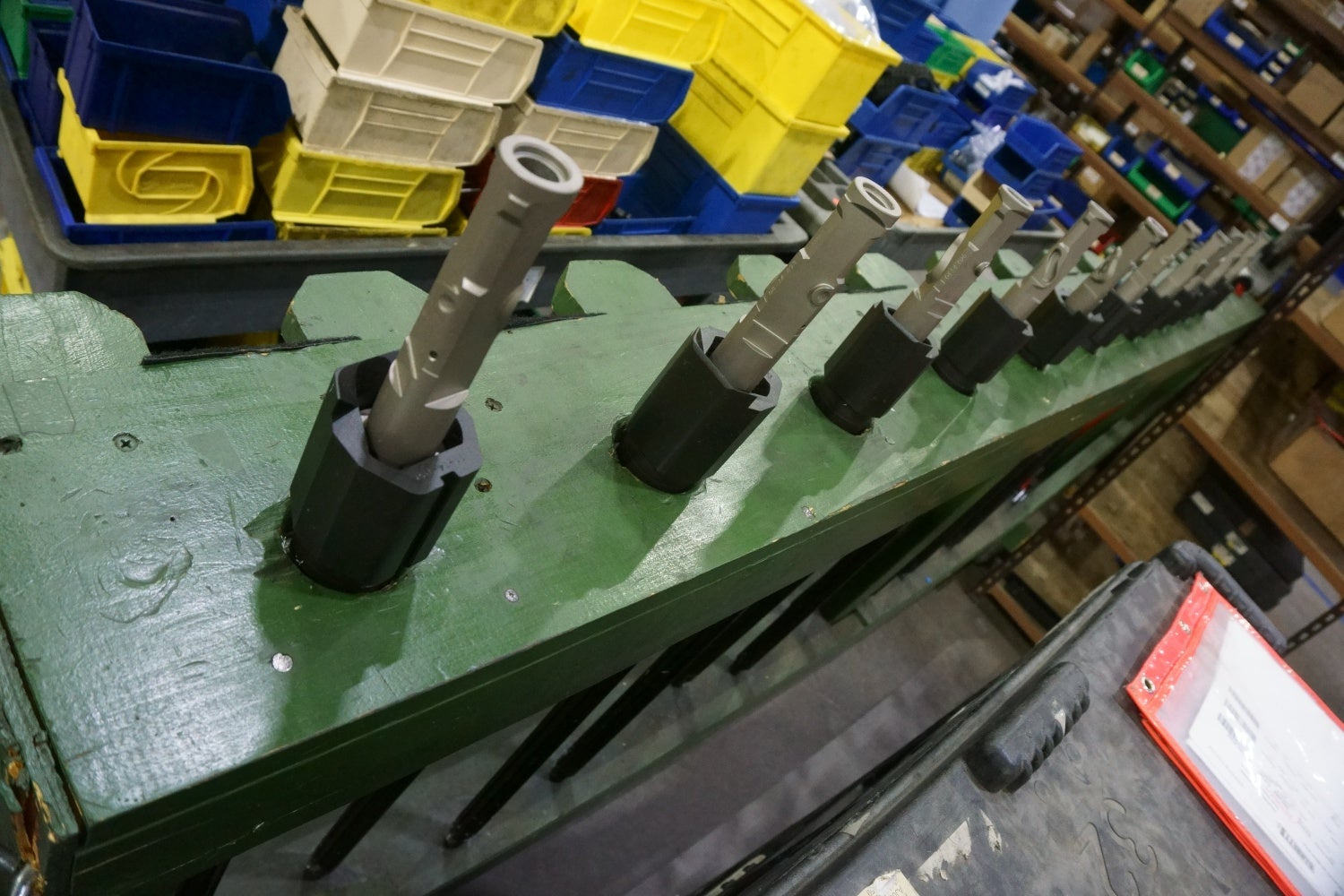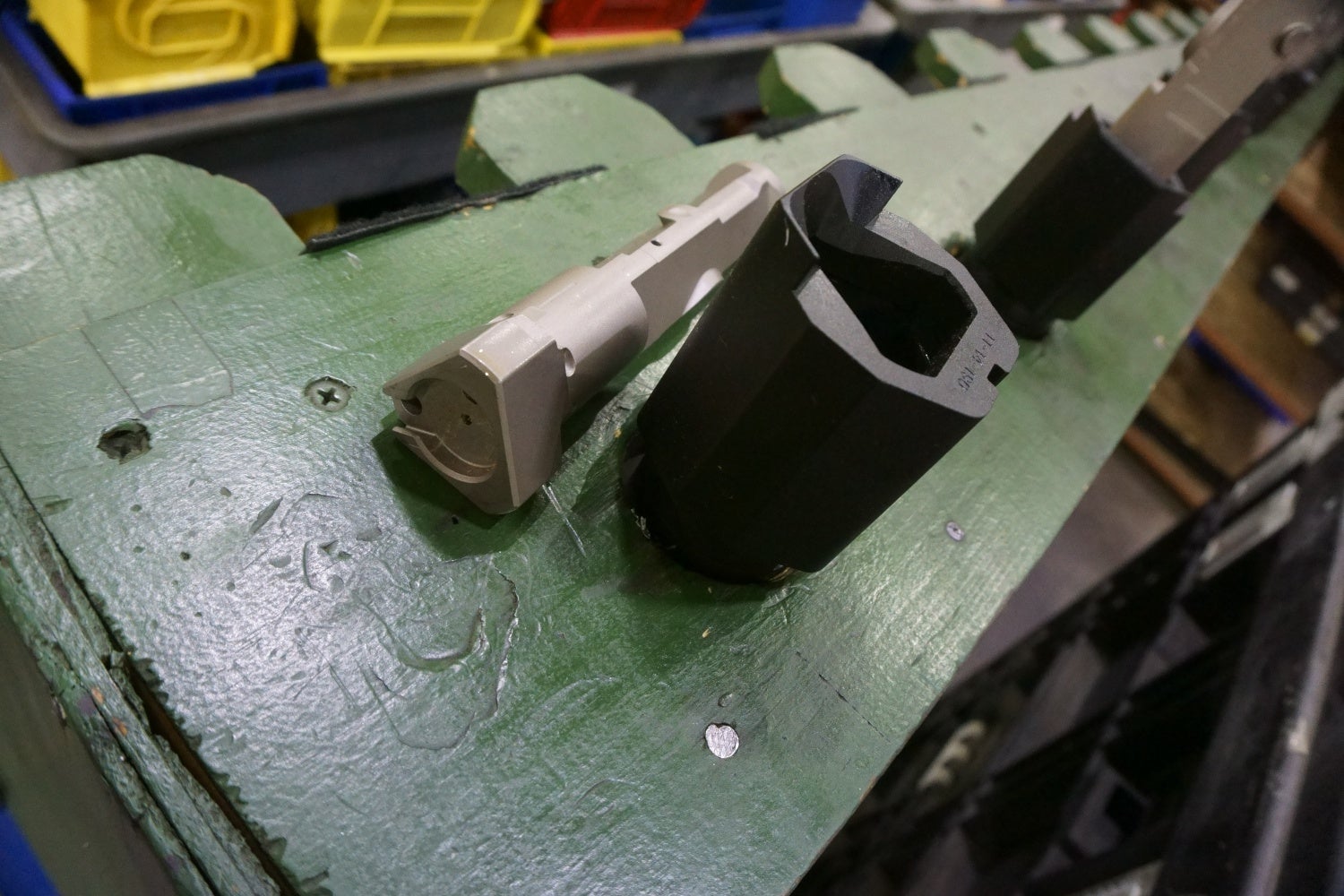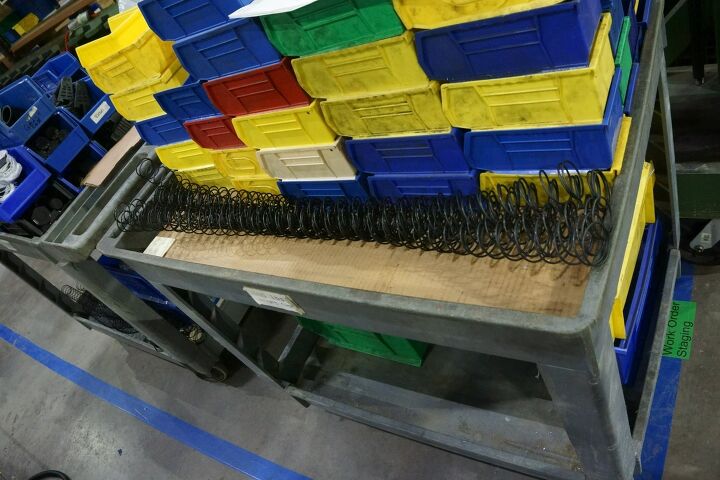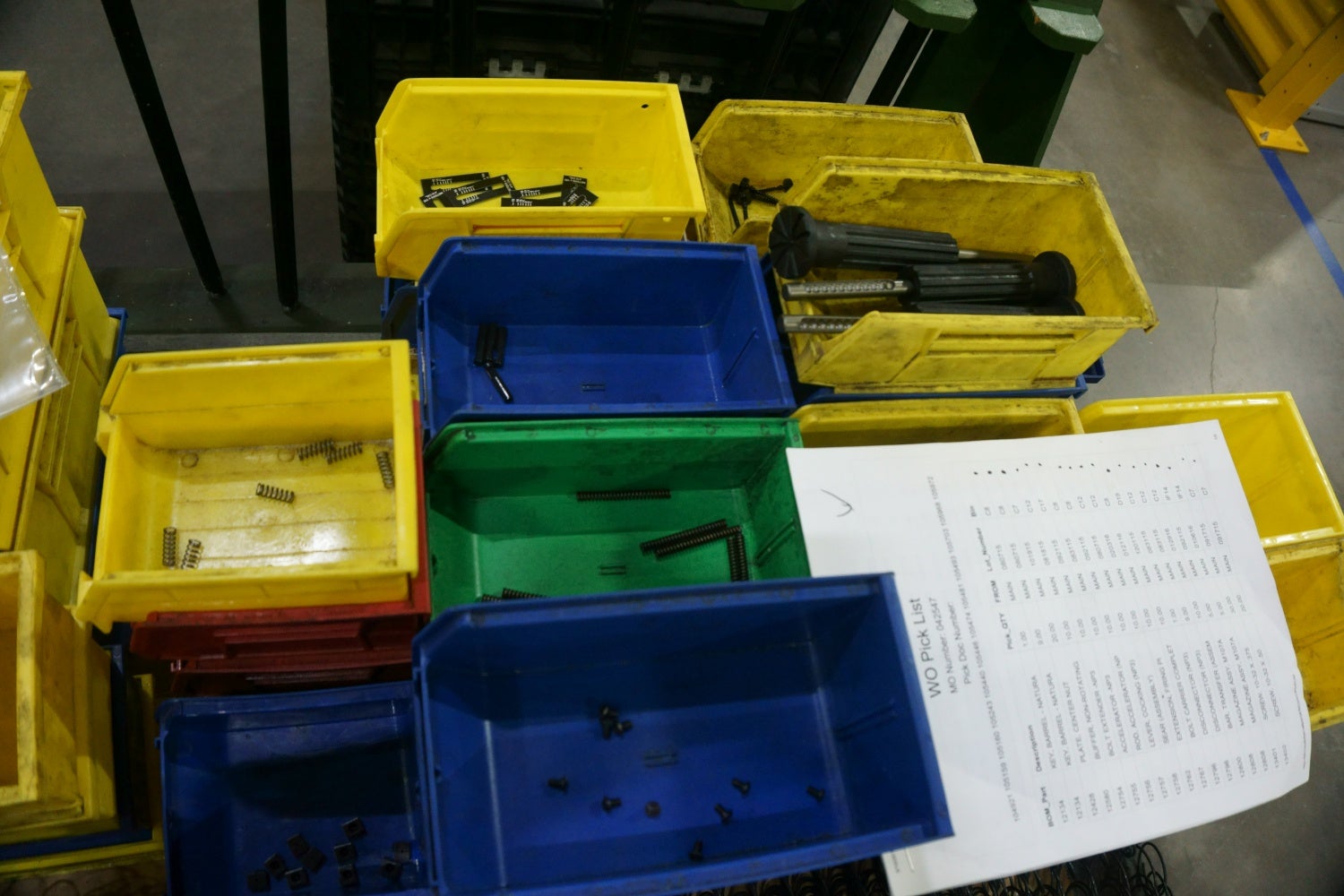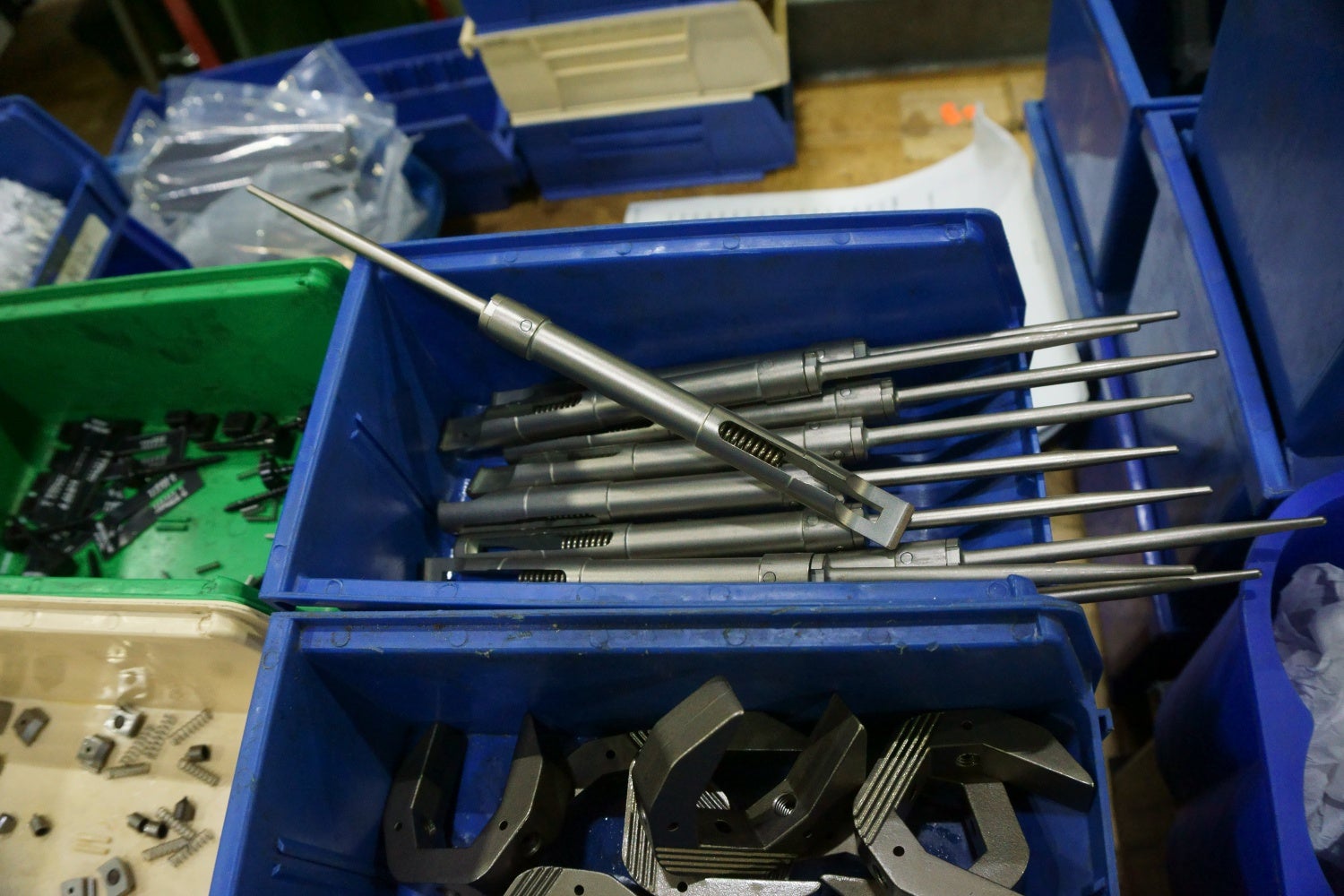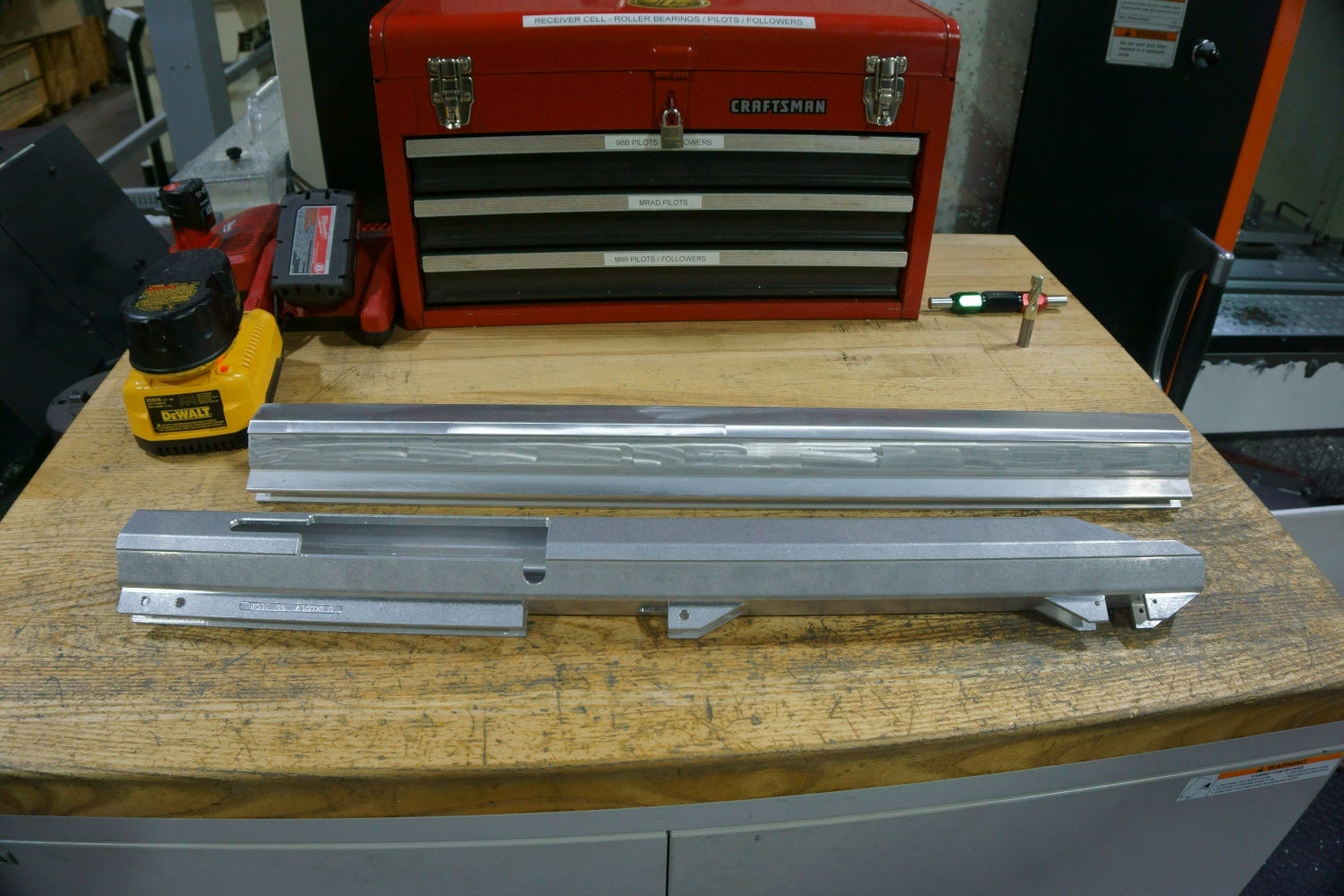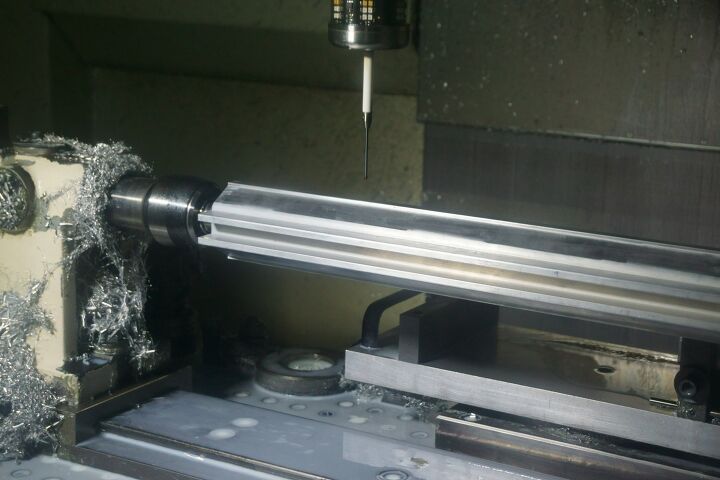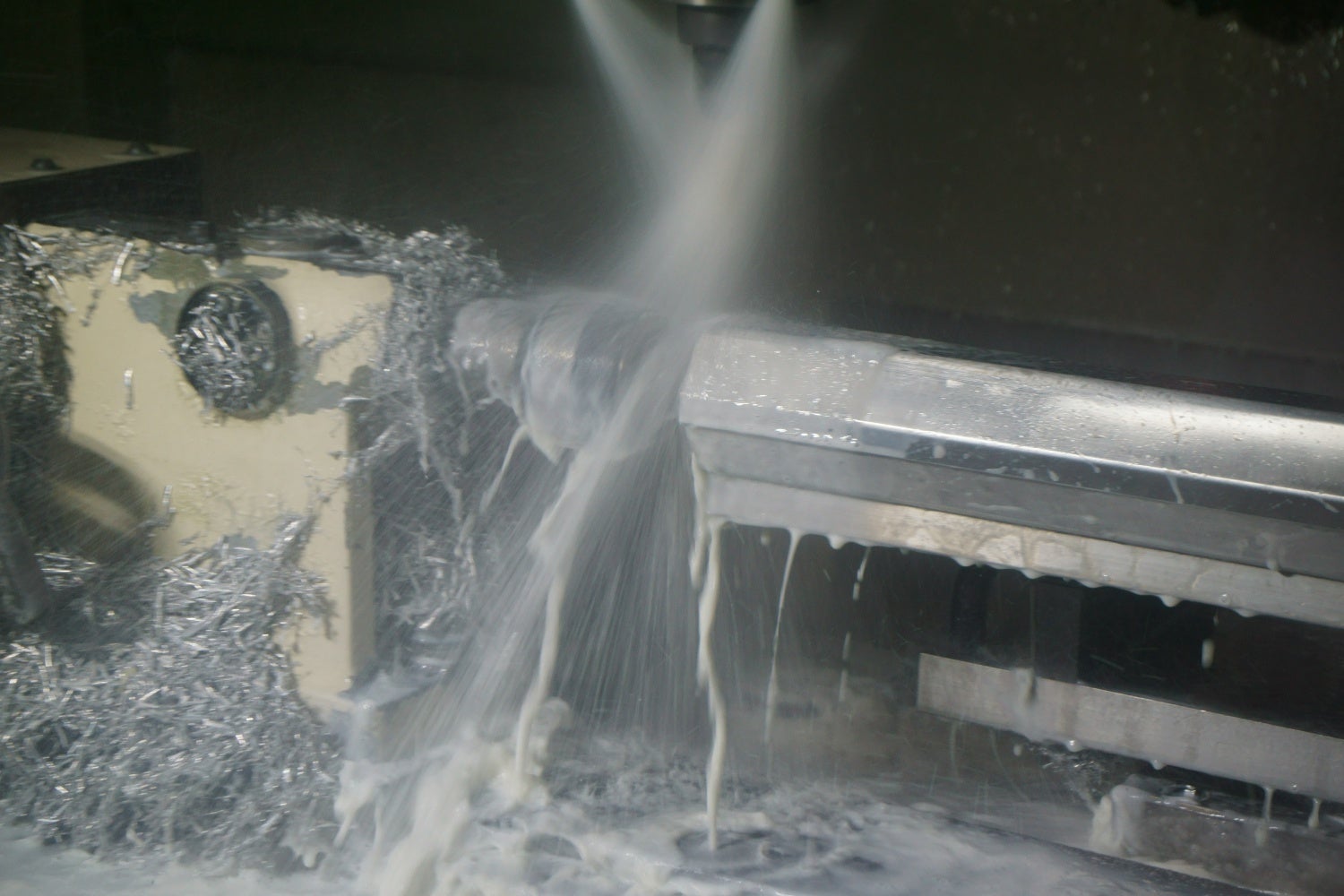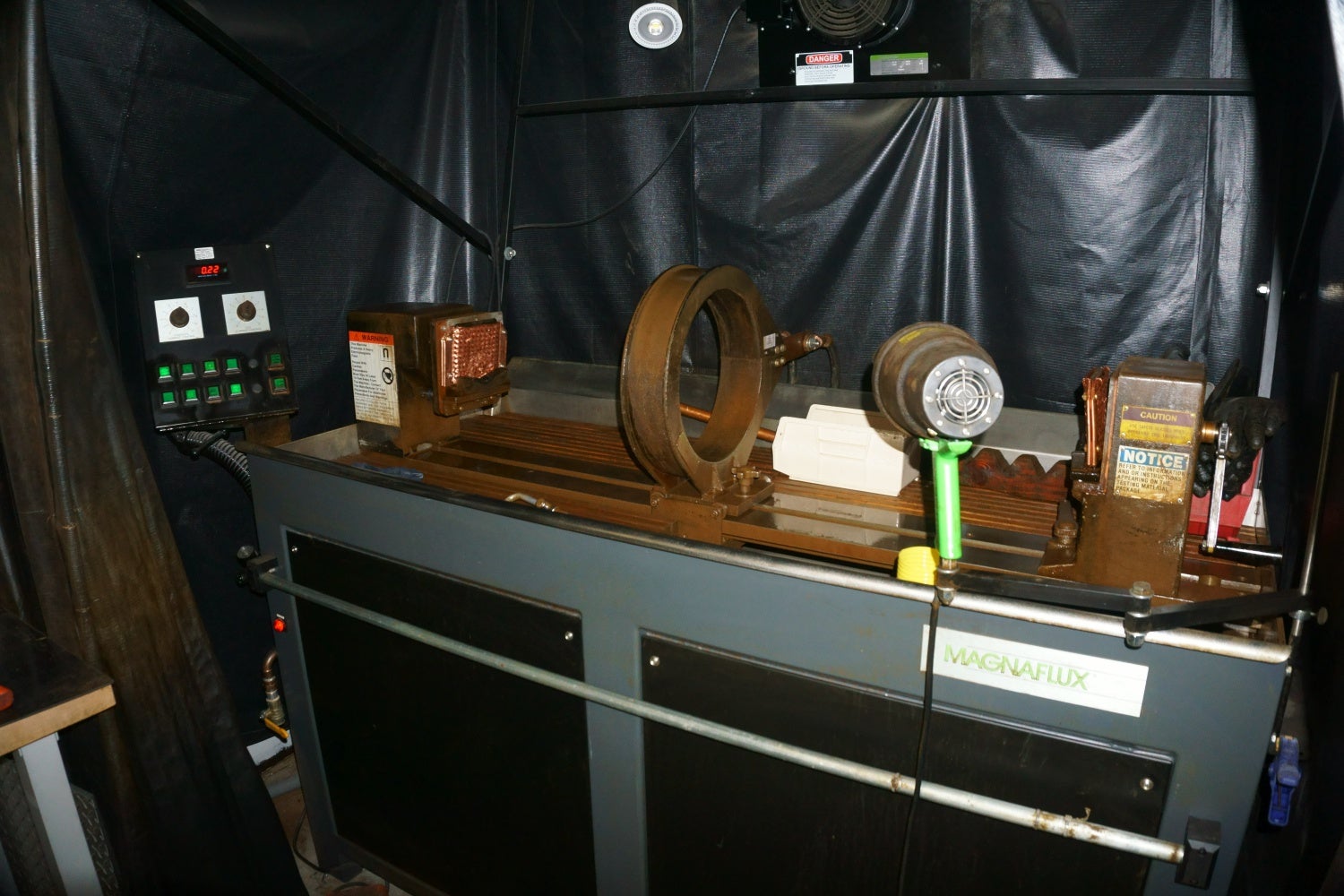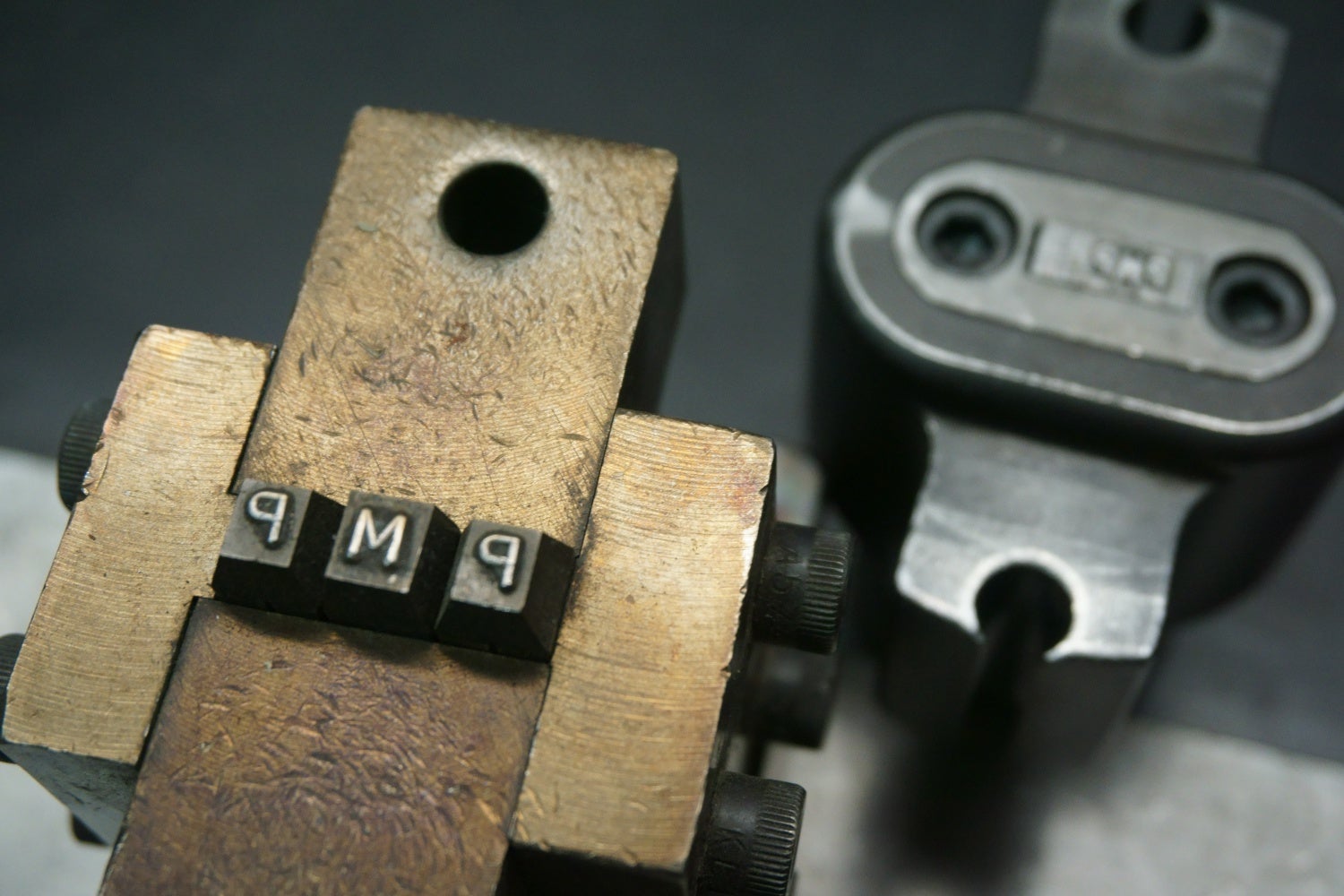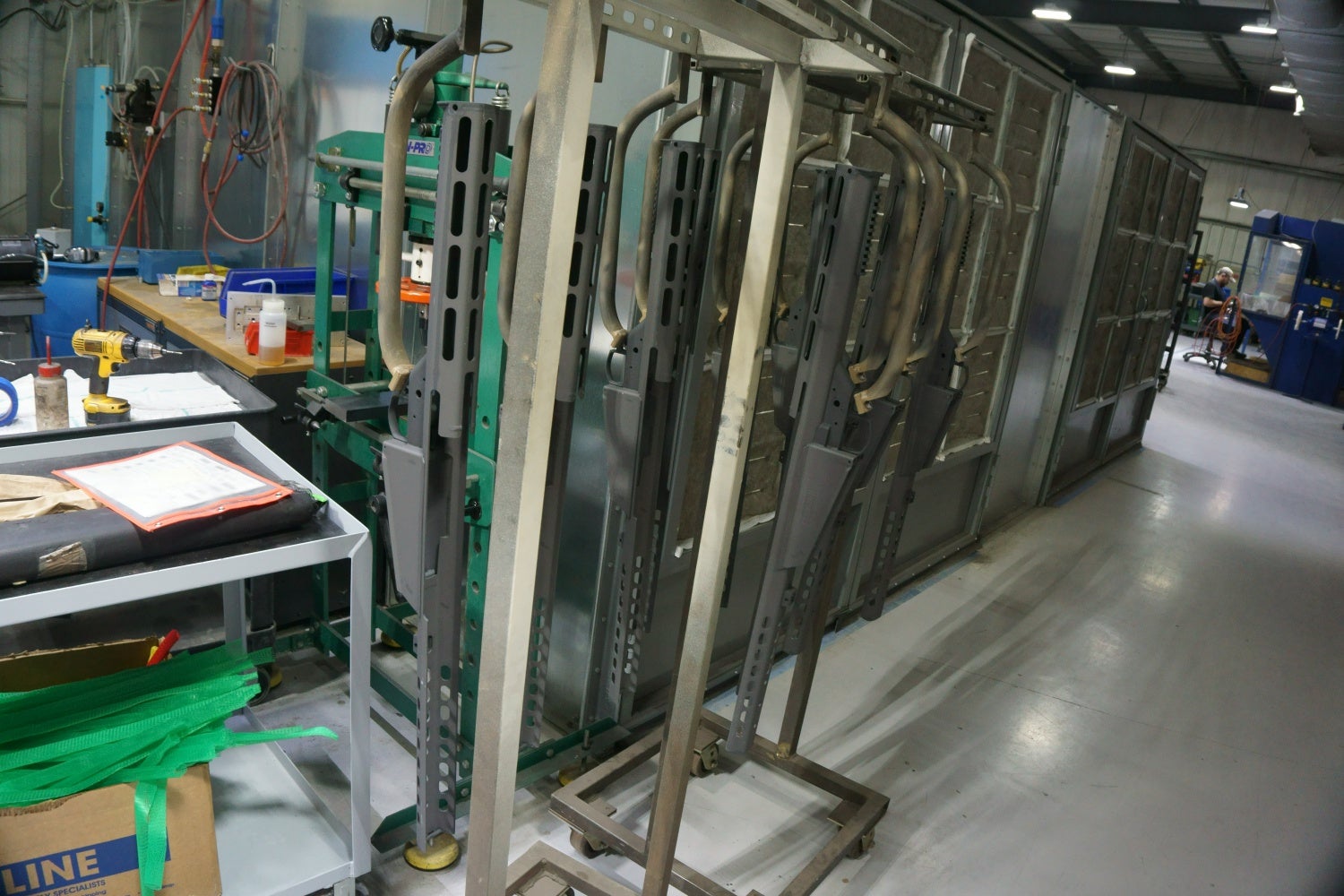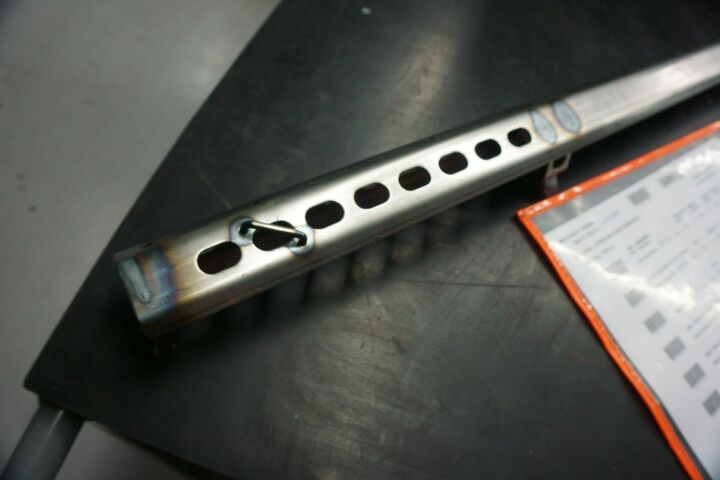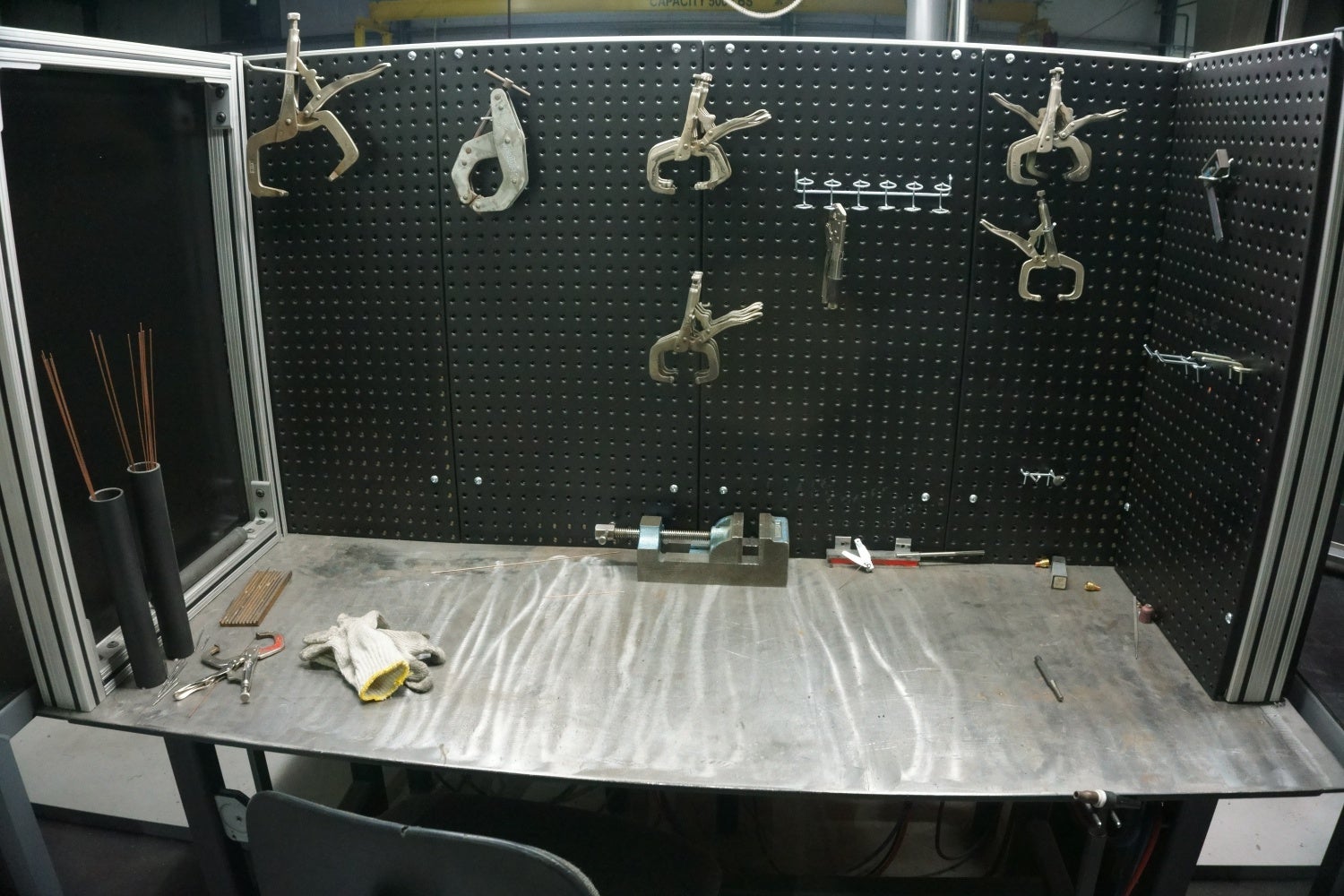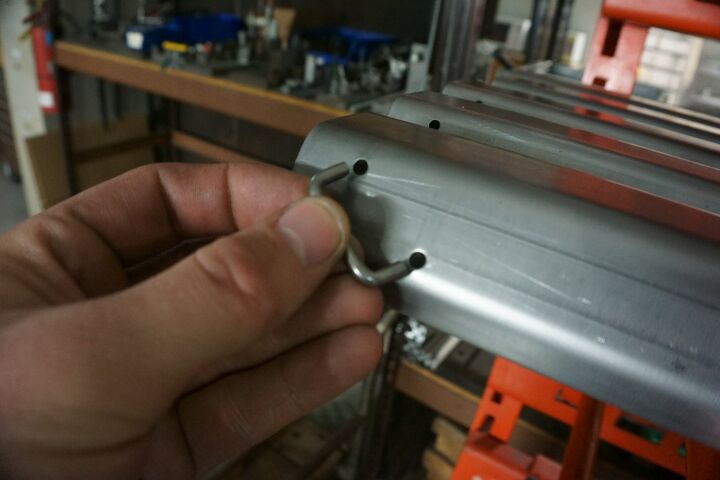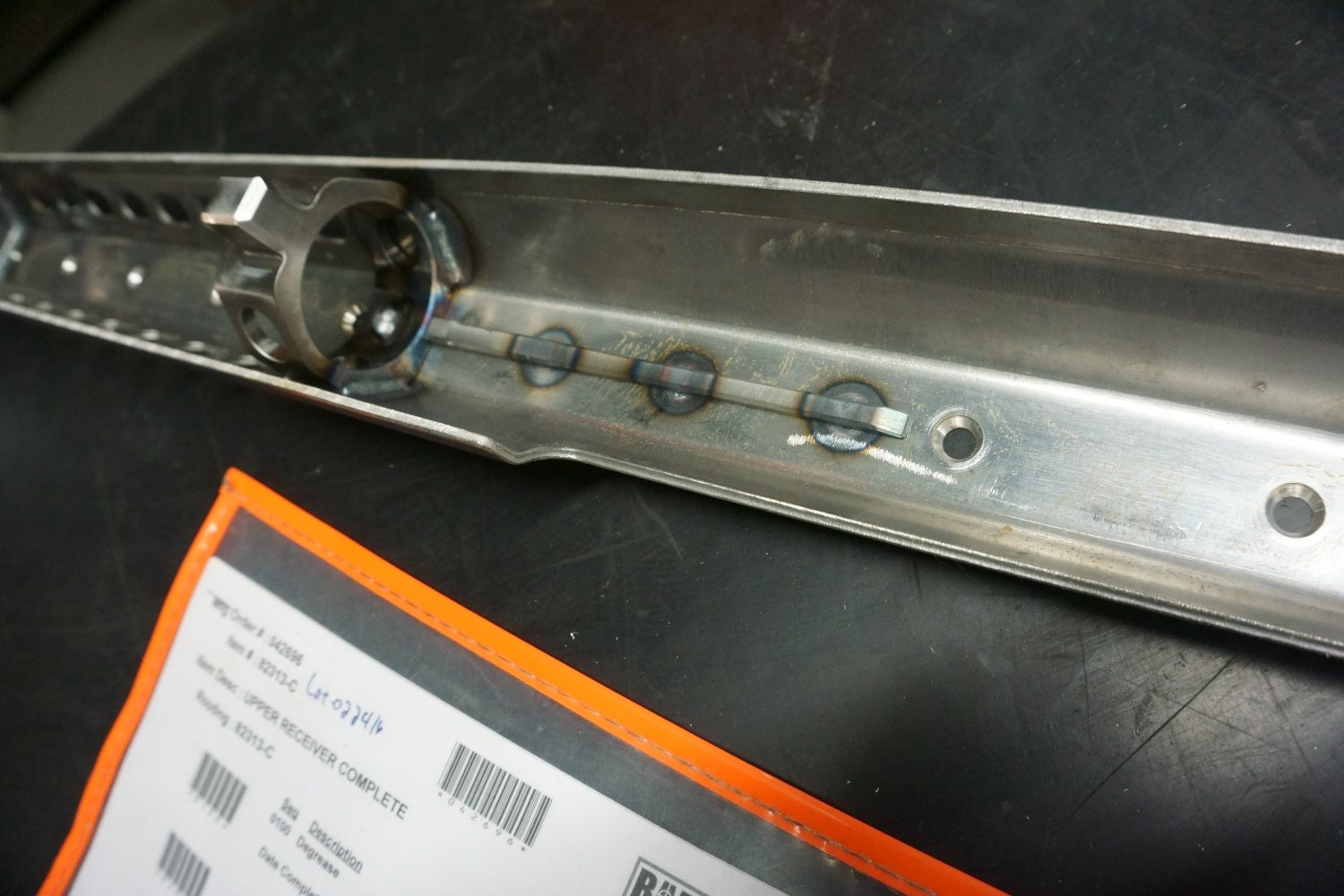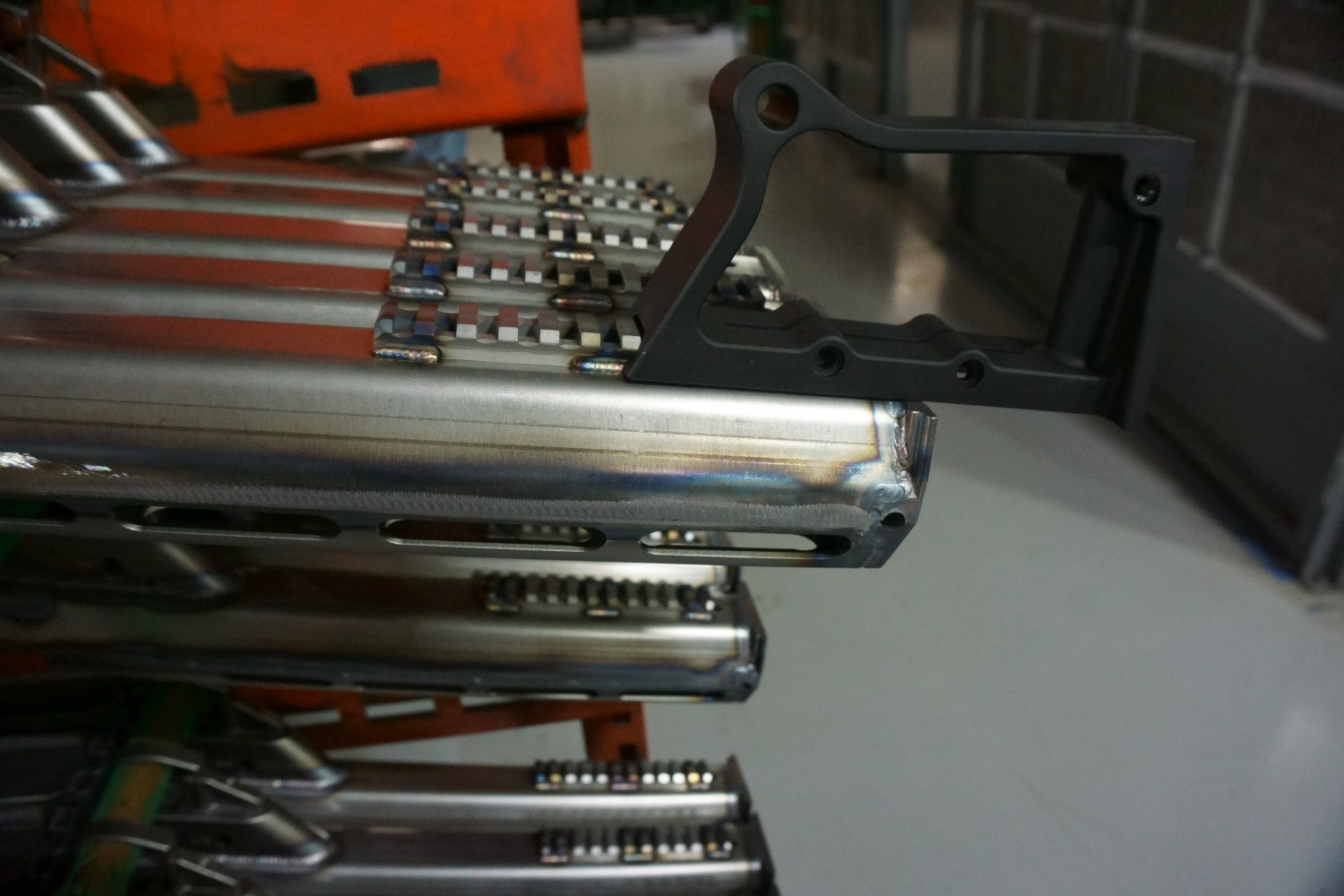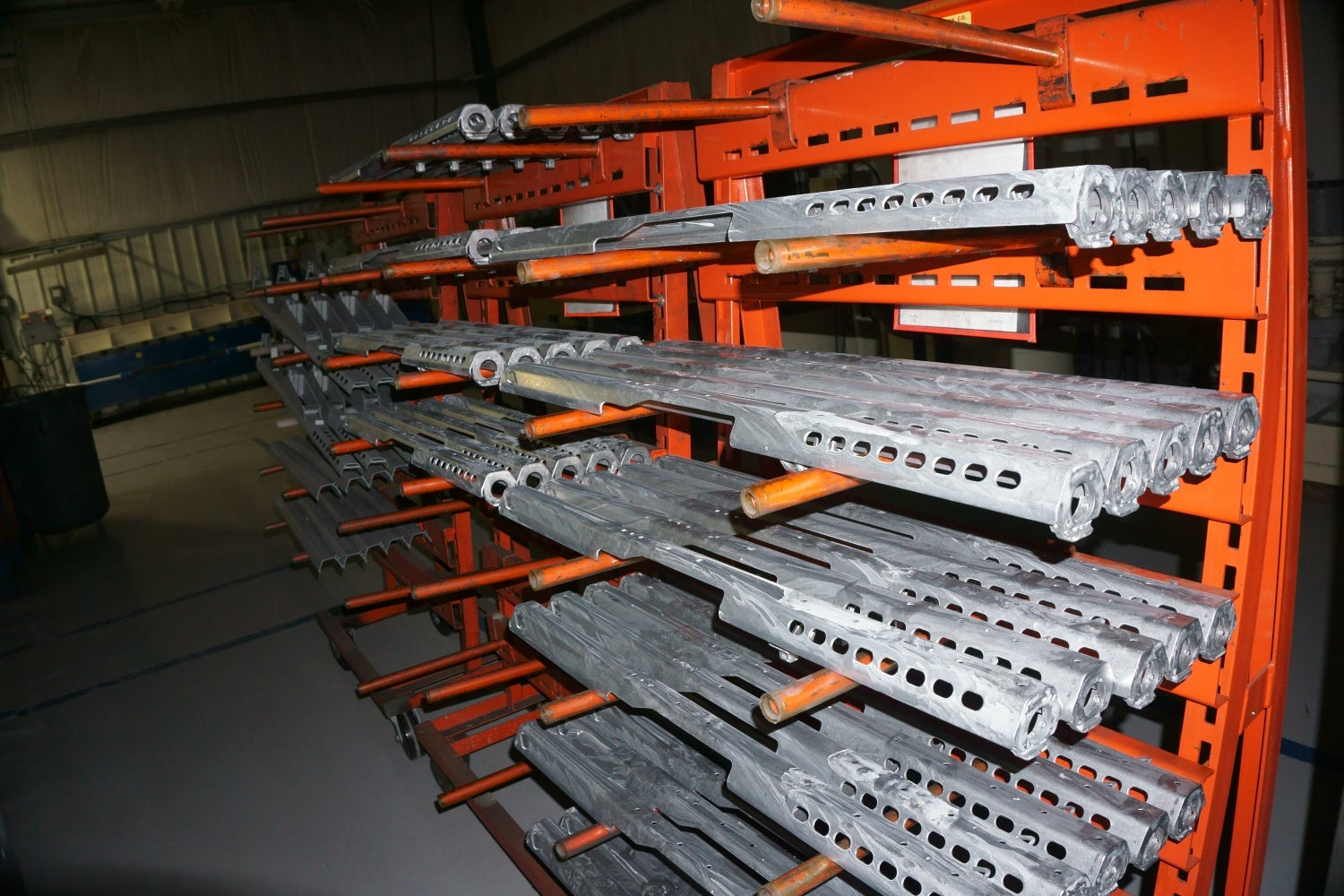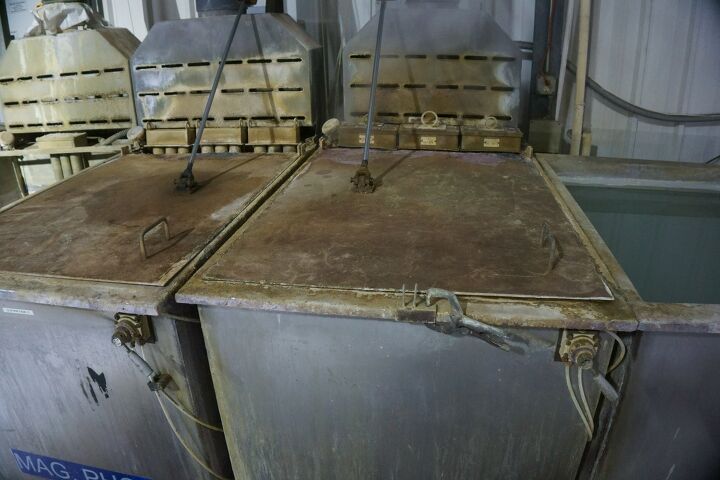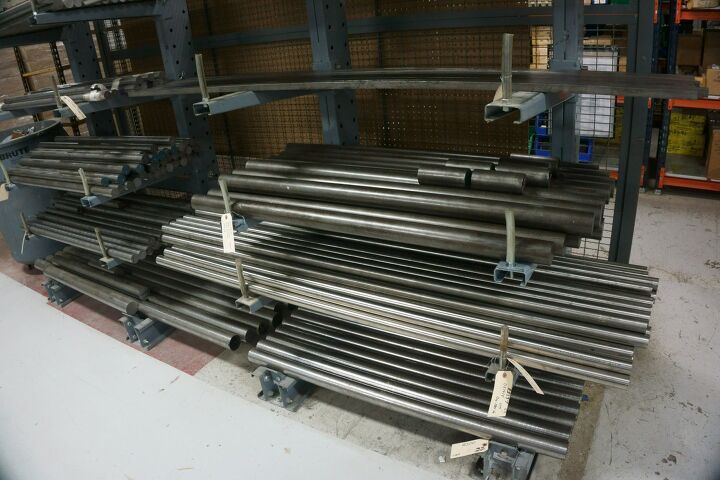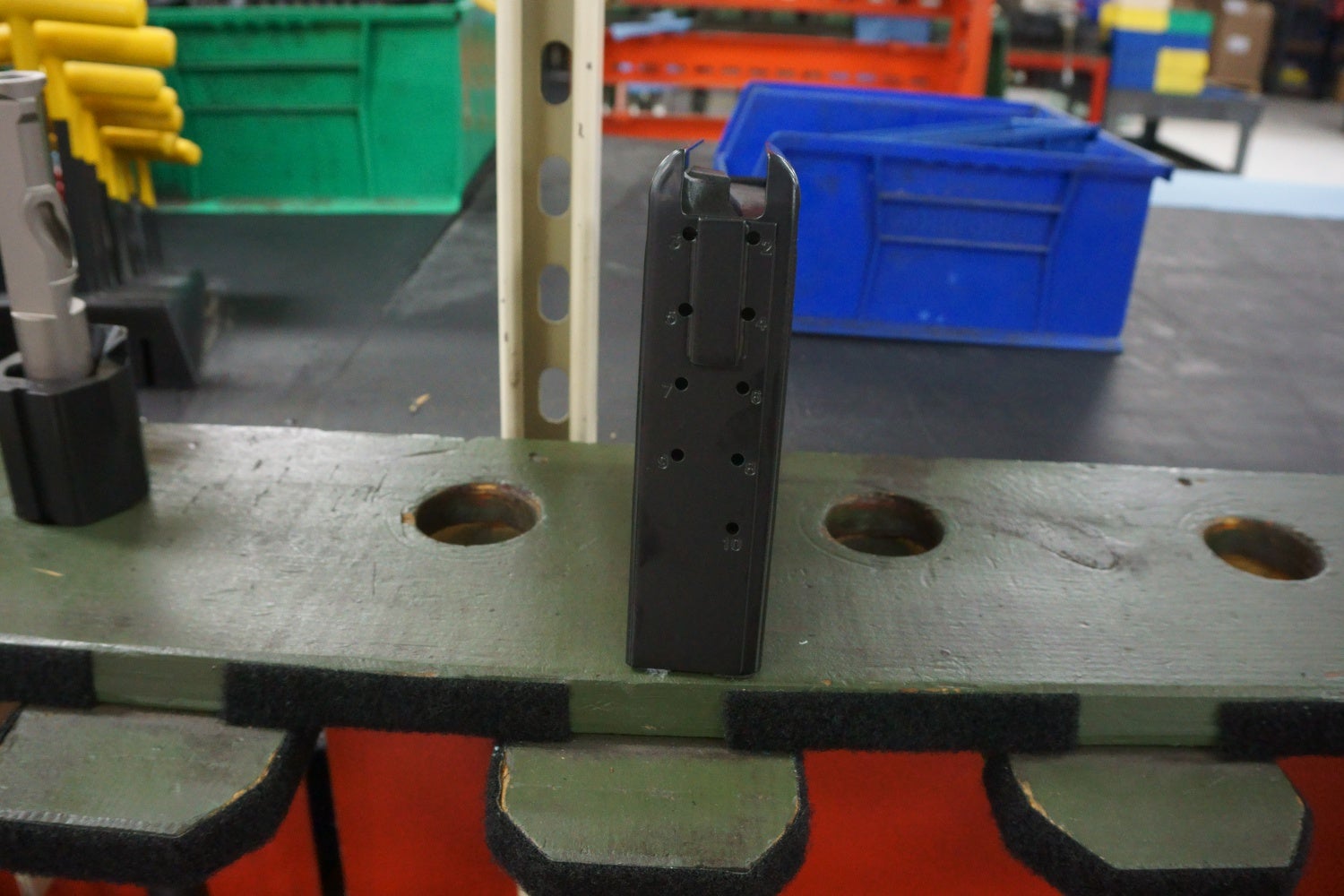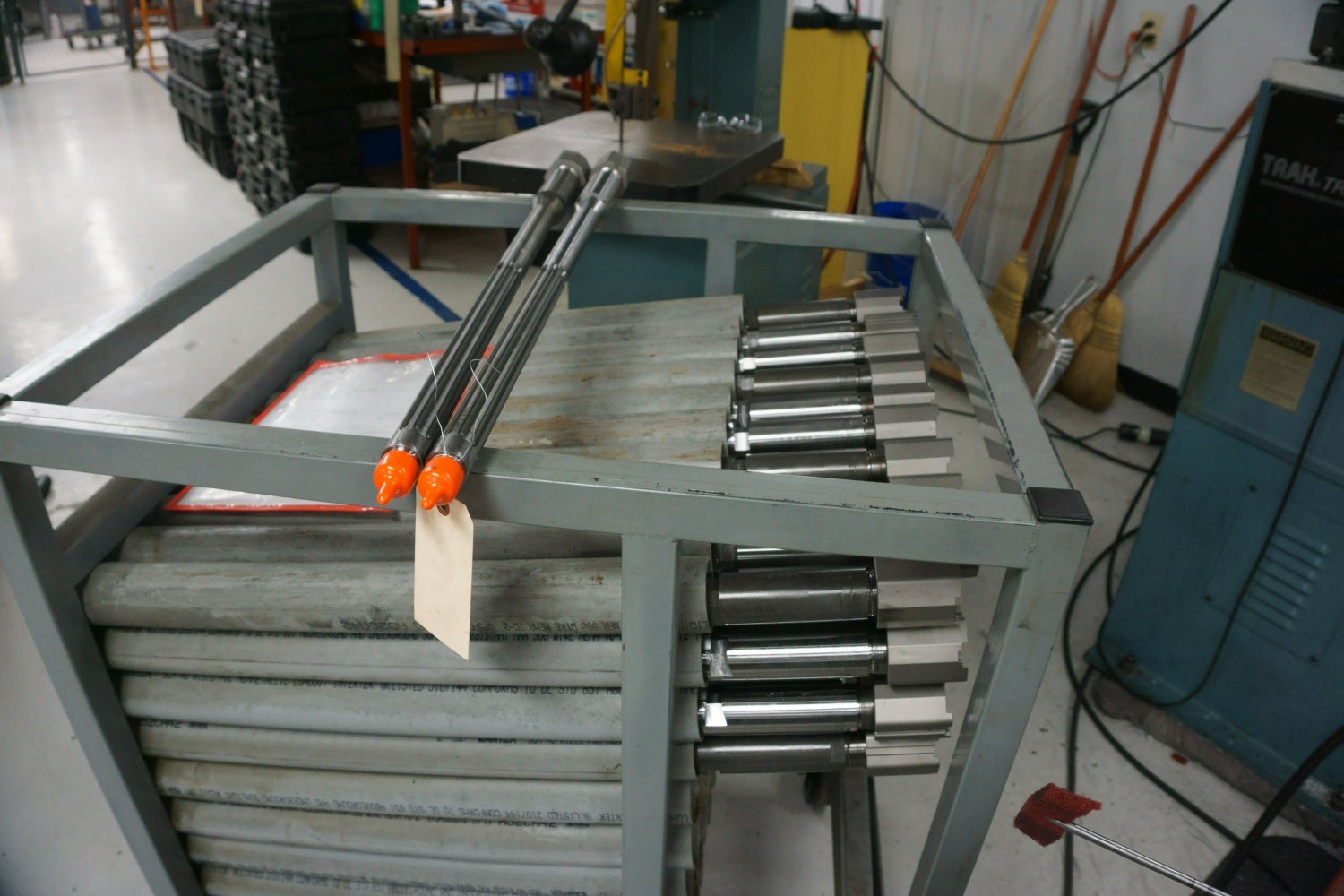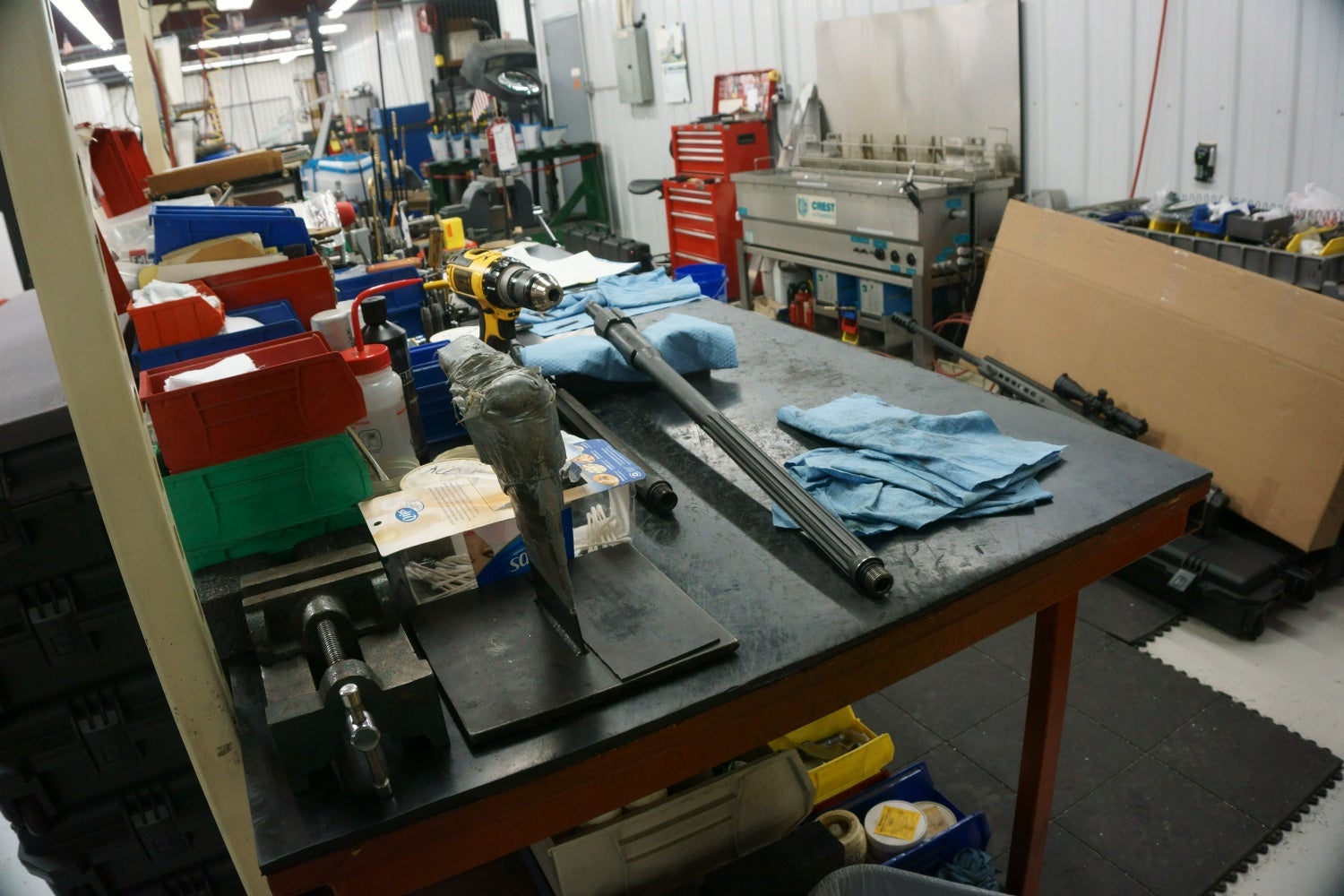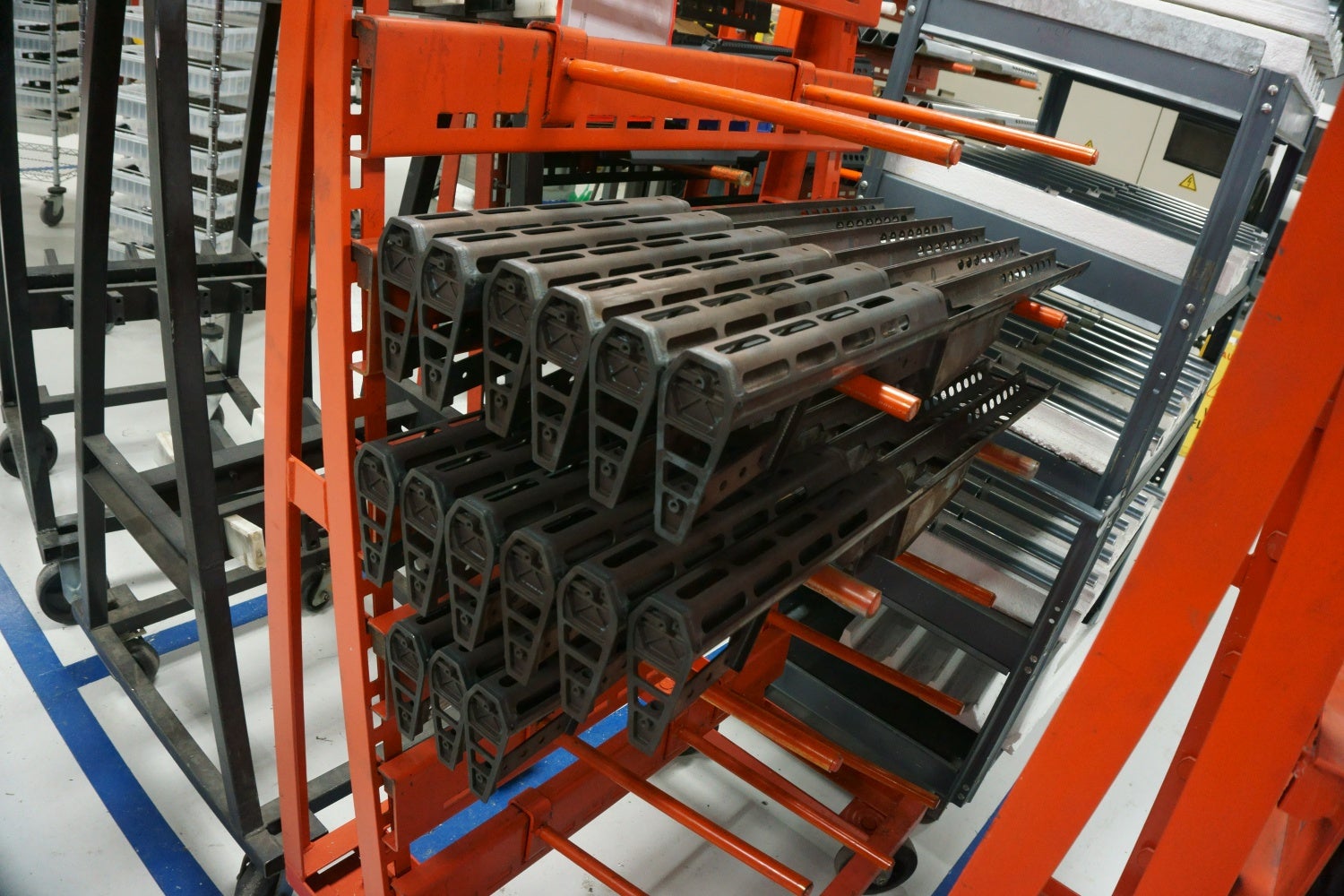In a previous installment of TFB, we wrote about touring the Barrett factory. However some of you might have noticed the pictures were somewhat devoid of the companies namesake rifle series, the M82 or M107 series of anti-material rifles. The reason for this was because we had simply too much material and I really wanted it to be a separate article for our readers to take it all in. That was more about the Barrett story overall, while this is purely about the semi automatic .50 caliber rifles they make and are mostly famous for.
The company started with the M82, famously first bought by Swedish EOD units in the 1980s. However the 1991 Gulf War is what really propelled the design into the forefront of international military acquisition programs. The war almost suited the rifle entirely, being that it was fought in the deserts of Iraq and Kuwait, with very long distances to be covered by coalition troops. The primary recipient of the rifles were the Marine Corps and Army sniper teams. Looking at this from a purely range perspective, the M82 allowed the then snipers to effectively double their engagement ranges compared to their M24s and M40 sniper rifles which had a max effective of around 1000 meters, and the Barrett almost 2000 meters. Granted, the initial Barretts were not at all known for their MOA capabilities, but regardless, a sniper team now had the ability to at the very least harass enemy troops out to 2000 meters, and at the most pierce the armor of light skinned vehicles.
But the actual combat phases of the war only lasted several days, very little time for the rifle to have its true ability shown. The war was mostly a mobility war of maneuver warfare, of tanks and armored vehicles battling it out. However, the capabilities of the newly nick named “Light Fifty” were not lost on the sniping and EOD communities. The rifle continued to develop during the 1990s, into the M82A1. This led the way into the invasion of Afghanistan, and later on Iraq. Working on feedback from the troops, Barrett continually refined the rifle into what became adopted as the M107. This is what most of the Barrett rifles in modern day Army and Marine Corps sniper platoons have today. I’m pretty sure stocks of the original M82s and M82A1s are still in use by various Government entities such as the Coast Guard or FBI, that don’t need to be constantly upgrading to the latest design.
The M82A1 turned into the A2, and A3 versions, although these saw much less wide spread use than the A1 did. The M107 was then modified further by Barrett into the M107A1. This isn’t a military designation but rather like the Beretta M9A3 that has been making waves, is a commercial name. M107A1s differ from M107s in that they have a redesigned compensator to take a Barrett .50 caliber suppressor, stronger recoil return springs to account for that suppressor weight, a buttstock that can be modified into a spade grip/ adjustable for length of pull or a monopod attachment.
Remember that mention earlier about the lack of true precision rifle capabilities? The early Barretts were certainly known for this, and it was true. Even the Marine Corps Scout Sniper community still considers the M107 to be a 3 MOA gun. However, over the time of development, from the M82 to the M82A1, to the M107, to the M107A1, the accuracy has been increasingly tightened up. To the point where having an M107A1 shooting a sub MOA group off the assembly line is not an uncommon thing at all to happen these days at the factory. In fact, one of the Barrett employees I met, had a target up on his wall from his personal M107A1 shot at the indoor factory range, where every single round in the 5 shot group was touching, from 100 meters. One of the biggest problems of this accuracy is due to the ammunition, the .50 Browning Machine Gun (BMG). At the time of introduction in the 1910s, the .50 BMG round was not envisioned for precision rifles at all, because it was for the Browning M2 heavy machine gun. Much of the accuracy problems with the light fifty stemmed from the fact that in the 1990s, machine gun ball ammunition was all there was available in economic quantities for Military/LE forces to use. Today we have much better options when it comes to match grade .50 BMG and this has helped in the accuracy department. In fact, there have been numerous accounts of snipers in Afghanistan and Iraq making confirmed kills out to distances with the Barrett platform out to distances that would have been almost impossible in the 1980s and 90s with the initial contract rifles. However, currently the longest confirmed kill is held by an Accuracy International .338, one of the Barretts competitors in the precision long gun world (via the MRAD/98B).
At the same time the semi automatic rifles were being produced and implemented, the civilian side of production was expanding as well. Barrett prides itself on the fact that although the company caters to both sectors, the Military/LE and the civilian sector, the Military/LE one will always have to take priority over the civilian one, as these are the guys who have a real world need for the rifles. Regardless, the civilian line took off, and the company is one of the few (apart from handgun companies) that sell the same rifles to civilians as they do to the Military. With each iteration of the Military upgrades, there came out a civilian equivalent also for sale. But this is where the company started experimenting with bolt action rifles, with the M95. The M95 was originally capable of the sort of accuracy that the M82 series was trying to go for, but couldn’t. In addition, the M95 opened such doors to states or countries that might have legally not allowed the semi automatic M82 series. This continued on to the .416 Barrett that the company introduced, almost for the sole purpose of selling to California (They also make Barrett bullet buttons for their rifles, Cali legalities…). However, the company believes that not only is the .416 a viable round for the California market, but it has a number of established ballistics capabilities as well. But going back to the M95, this rifle paved the way for the company to start really looking into the precision long gun game, today with the Model 98B and the MRAD platforms of rifles.
I think the Barrett story is a fascinating one, because it stems from a man who had zero firearms design experience, wanted a semi automatic rifle shooting the .50 BMG because he couldn’t ahold of an M2 Heavy Machine Gun, but then went on to influence the sniping communities the world over, in terms of what their capabilities could be expanded to. The fact that the rifle occupies such a niche role, and hasn’t faced any real competition when it comes to price, reliability, and performance in its entire production span, attests to the ingenuity of the designer, Ronnie Barrett. As Henry Ford is often misquoted as saying,“If I had asked people what they wanted, they would have said faster horses.” Barrett designed the car when militaries thought all they needed was a faster horse.
 Your Privacy Choices
Your Privacy Choices
